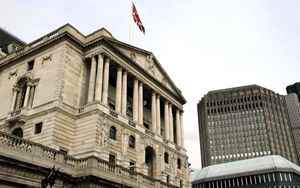(Finance) – “Now that the economy has slowed down (and probably entered a recession), we are starting to see labor market indicators change. Job vacancies have stabilized and there are uncertain signs that they will fall from their historically high levels,” he said. Huw PillChief Economist of the Bank of England (BoE), in a speech in New York.
“Should economic weakness and rising unemployment emerge, as the latest MPC forecasts imply, this will weigh against domestic inflationary pressure and it will ease the threat of persistent inflation“, he added.
“But the extent to which a tightening-induced labor market easing will weigh on inflationary pressures it will depend on the larger context – explained Pill – This is where the interaction with the energy price trend comes into play.
The economist then recalled that “there is no single indicator that can adequately summarize the “instantaneous persistence” of inflation”. And therefore, among the wide range of UK economic indicators that market participants could follow, there is not a single “smoking gun” that can be identified as the key indicator or engine of the persistence of inflation and therefore of monetary policy decisions.
Pill also noted that, due to the dynamics of the British economy at the moment, some price pressures may prove more persistent. “The prevailing backdrop in the UK – of higher natural gas prices with a tight labor market, unfavorable labor supply developments and goods market bottlenecks – creates the potential for inflation to prove more persistent.”
“There threat of second-round effects that support inflation above target rates may remain, as businesses and households try to resist the squeeze on their real incomes and spending power,” he added.
